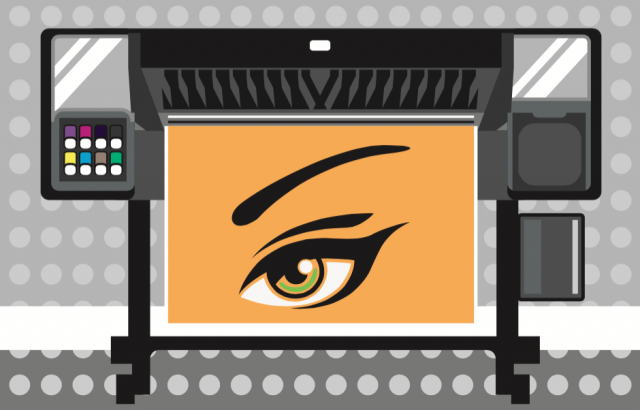Printing Hub reports that the use of wide format printing is growing exponentially, currently holding the distinction of being “one of the largest growth areas in the printing industry.”
Why is this trend happening? Why are companies turning to wide format systems instead of outsourcing large print jobs? Printing Hub’s Marc Koenig takes a closer look and determines that wide format printing is here to stay.
A little printing history
When color printing was first introduced for mass use more than a decade ago, critics claimed that it was simply a novelty that would soon die out. Color printing was unnecessary, they said, and businesses would soon return to their standard black and white ways. As we know, color survives as a standard today.
Koenig writes that the history of color printing stands as a fitting analog to the situation of wide format systems today. He notes, with a tongue-in-cheek pun, “Wide format printing is just another bright point on the printing industry’s (necessarily) widening horizons.”
Why wide format?
But the question remains: why are companies choosing wide format printers? The answers are varied, but most companies are certainly enticed by the cost savings associated with producing high-quality large prints in-house rather than outsourcing.
With stunning graphic capabilities and crisp results, wide format printers can create presentations, blueprints, plans, flyers, posters, and more. These machines are easy to use and efficient, producing hundreds of square feet of high-quality results in a matter of hours.

